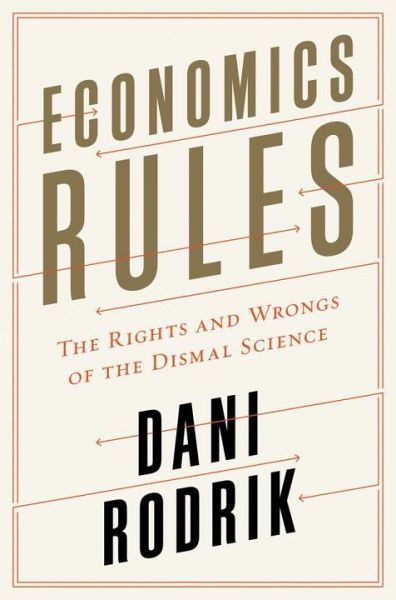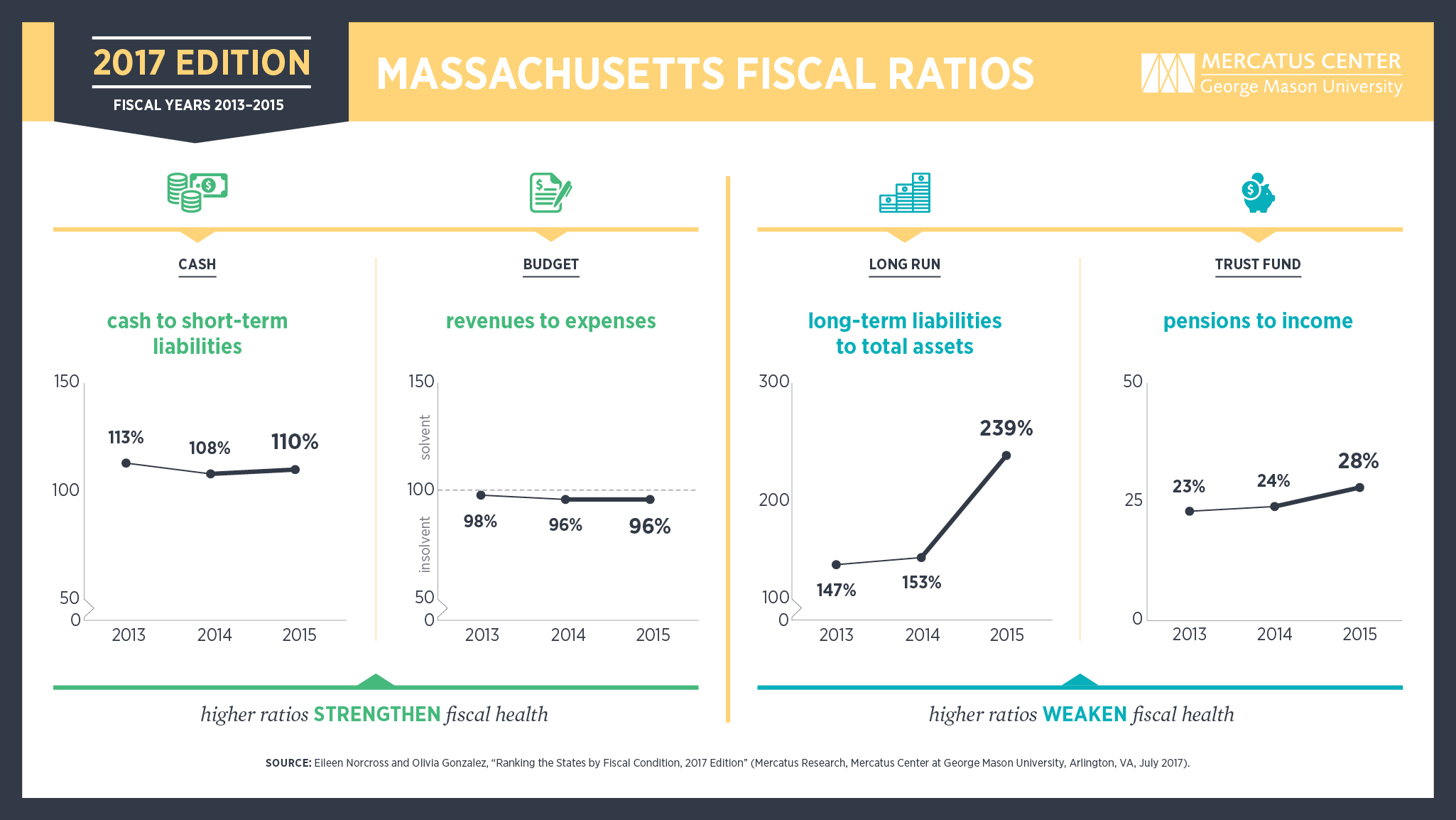OVERVIEW
- Real gross domestic product (GDP) state increased in 43 states and the District of Columbia where real gross domestic product (GDP) increased in the first quarter of 2017, according to statistics on the geographic breakout of GDP released by the U.S. Bureau of Economic Analysis.
- The Massachusetts economy grew by 1.1 percent in the first quarter of 2017. This was slightly below the 1.2 national average.
- The growth rate was slower than the annual rate for 2016 which posted at 2.0 percent but was an improvement over the first quarter of 2016 which contracted by 2.0.
- Real GDP by state growth in the first quarter ranged from 3.9 percent in Texas to -4.0 percent in Nebraska. See Chart 1 from the BEA.
- As a region, the six states of New England only grew by 0.9 percent. The Southwest — Texas, New Mexico, Arizona and Oklahoma — grew the largest for Qtr1-2017 at 3.3 percent nearly three times the adjusted-for-state comparison U.S. rate of 1.2 percent.
- The current dollar size of the Massachusetts GDP by State is $519.9 billion.
ANALYSIS
GDP-State is the market value of goods and services produced by labor and property (or capital) in a state. The sum of GDP for all states released this week (1.2 percent for Qtr1-2017) differs from the national GDP number (1.2 percent)* since outputs like military and overseas activity can’t be attributed to any one state. The Massachusetts economy comprises 2.7 percent of the total U.S. economy according to the BEA update. New England, as a region comprises one of the smallest at 5.4 percent outpacing the Rocky Mountain states which accounts for 3.4 of the national total.
Real Estate and Rental and Leasing, Mining and Durable Goods Manufacturing were the leading contributors nationally. In Massachusetts, the leading contributions to the percent change were: Real Estate and Rental and Leasing, Construction, Health Care and Social assistance, Durable-goods Manufacturing, Wholesale Trade, Nondurable-goods Manufacturing, and Administrative and Waste Management Services. (See Table 1 p. 2.)
Massachusetts ranked 25th in growth during the first quarter. How did Massachusetts rank in this latest BEA report compared with its high-technology competitors? The state of Washington grew by 2.7 percent, Virginia by 2.0 percent while the Utah economy grew by 1.9 percent. Meanwhile, California slowed to 0.1 percent, Colorado by 0.4 percent; North Carolina grew by 0.7 percent as Minnesota contracted by 0.3 percent.
*Revised figure from 7/28 GDP press release; The originally reported figure was 1.4 percent.






